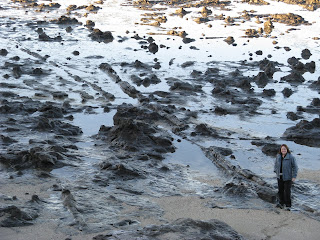
I have now completed my 6 month Primary Science Teacher Fellowship and will return to teach my wonderful new entrant class in Room 1.
I have had many amazing science experiences and will share these with the students.
We have formed a Lower North Island science teacher cluster group so you may see some of the teachers in this photo visiting Muritai School at some stage!
I would like to thank the Royal Society of New Zealand and our principal Andrew Bird for making my fellowship possible.


















































